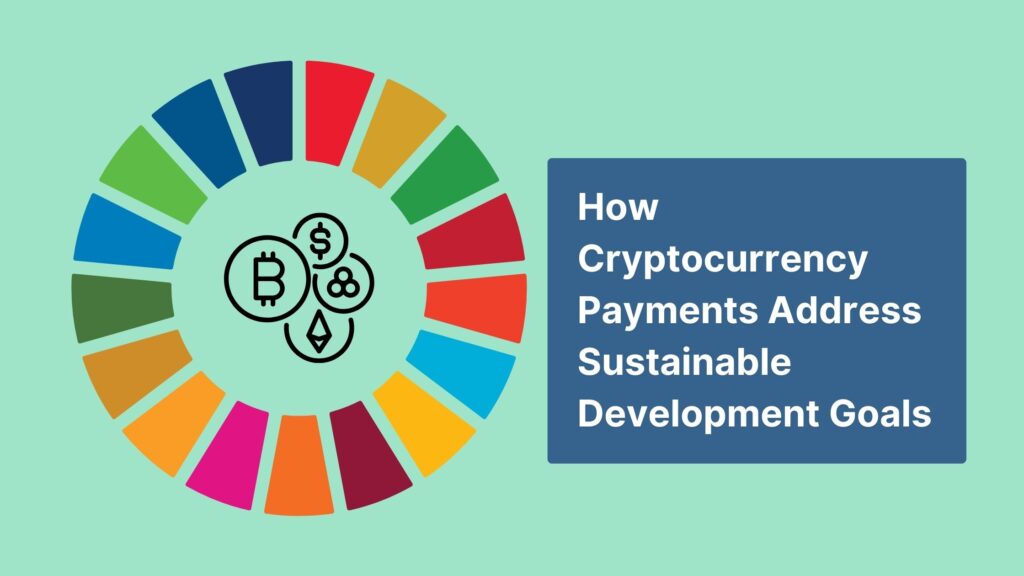
Cryptocurrency payments can solve various pain points within various industries, as well as the public sector. They can also address social issues, including some of the United Nations Sustainable Development Goals (SDGs).
Some Opportunities for the SDGs
The following are examples of how cryptocurrency payments can address some of the sustainable development goals.
- Financial Inclusion (SDG 10):
- Cryptocurrency provides financial services to the unbanked and underbanked populations, enabling them to participate in the global economy without traditional banking infrastructure.
- Peer-to-peer transactions can bypass intermediaries and reduce transaction costs, making financial services more accessible to marginalized communities.
- Economic Growth (SDG 8):
- Cryptocurrency projects can stimulate innovation and entrepreneurship, creating new economic opportunities and driving economic growth, particularly in regions with limited access to traditional financial services.
- Remittances (SDG 10):
- Cryptocurrency can facilitate cross-border remittances at lower costs and faster speeds compared to traditional remittance channels, benefiting migrant workers and their families.
Who will drive progress toward SDGs?
It is important to focus on ensuring that cryptocurrency initiatives promote inclusive development and do not exacerbate existing inequalities or contribute to illicit activities. It is the duty of innovators in the Web3 space to build the SDGs into the emerging technology.
We at Web3 Enabler, a company that integrates cryptocurrencies and Stablecoins on leading SaaS platforms, such as Salesforce, work to meet the SDGs while driving innovation for the enterprise. We believe that the use of popular stablecoins like USDT and USDC will drive adoption, which is why we focused on the ability for enterprises to accept USDT and accept USDC in Salesforce.
Our team embraces the diversity of our leadership (SDGs 5, 8 and 10), and we are committed to promote equal opportunity, as part of our emphasis on impact.


